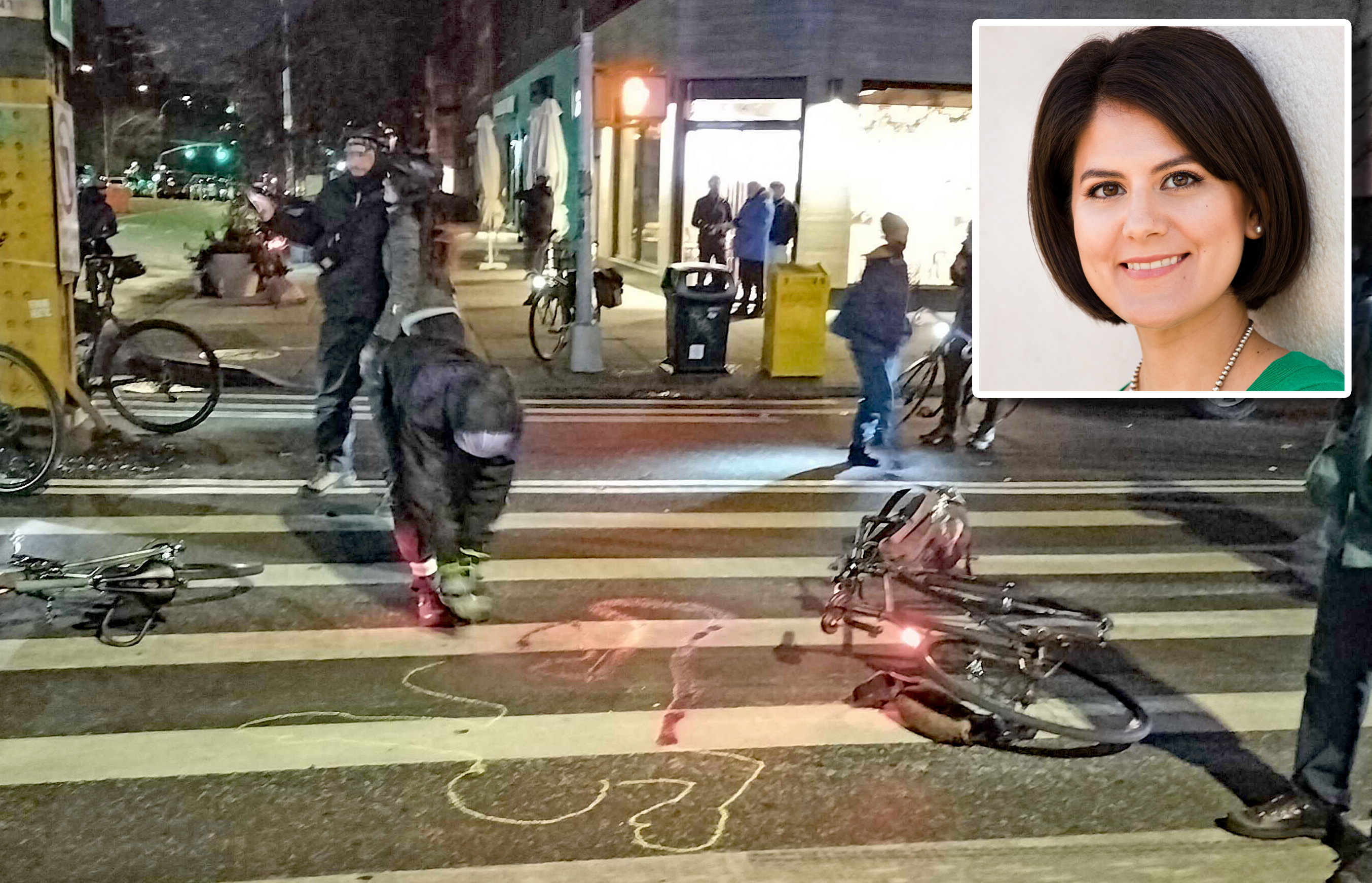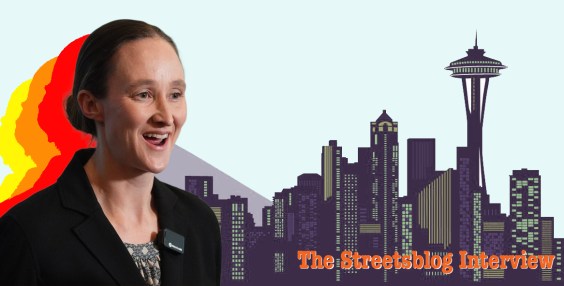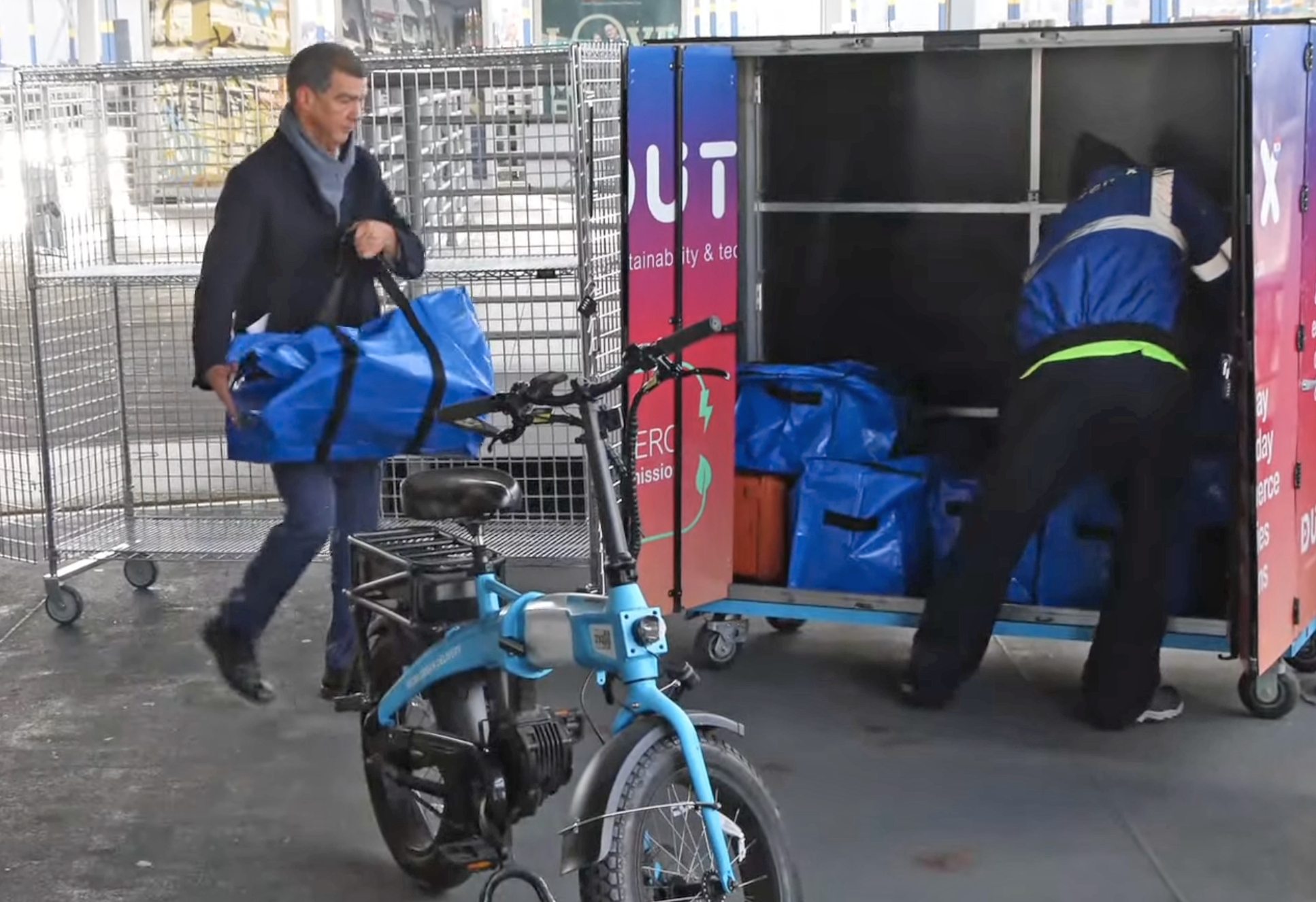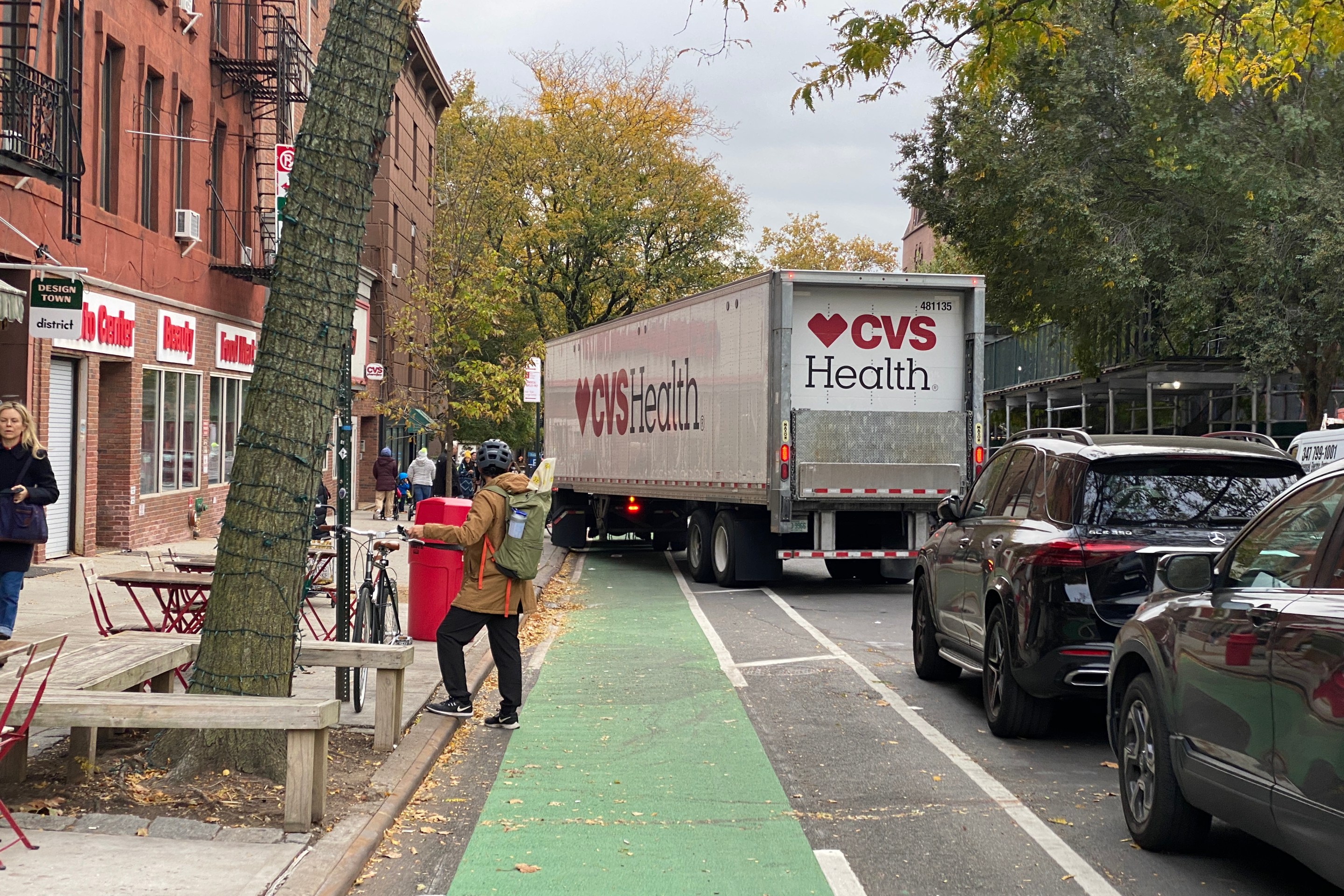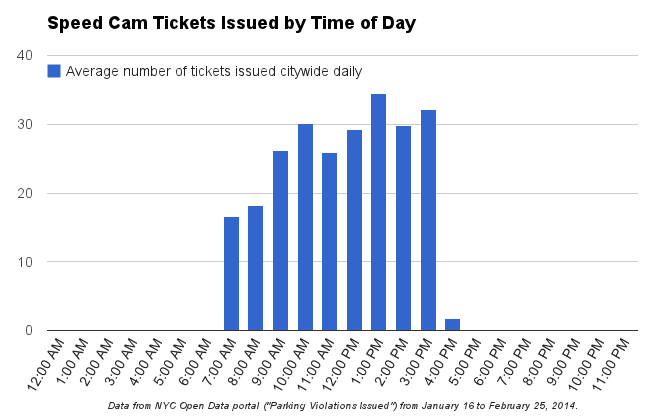
New data offers a glimpse of how New York's small speed camera program is performing under the restrictions of current Albany legislation. Among other things, you can see that the cameras don't issue any tickets at night, when fatal crashes are most prevalent.
The speed camera law Albany enacted last year allows up to 20 cameras, but there are only five cameras in operation since the city starting issuing tickets on January 16. DOT didn't say why the other 15 cameras aren't up and running, but the agency did say that as of this week, cameras have issued 11,500 tickets to drivers speeding near schools.
A peek inside the data, some of which is available through the city's open data portal, shows that the five cameras were turned on for the 27 school days between January 16 and February 25, issuing tickets no earlier than 7:01 a.m. and no later than 4:10 p.m. That means that thanks to Albany's school-hour restrictions, the cameras are functioning less than half the day.
While speeding was the leading cause of NYC traffic deaths in 2012, the cameras aren't on at all between 6 p.m. and 6 a.m., when three-quarters of all NYC traffic fatalities occur, according to 2012 DMV data [PDF].
To maximize their deterrent effect, DOT does not identify locations where it will place the cameras. But we can see where the cameras have been located in the past.
As of February 25, the city had placed cameras at 15 different locations in the Bronx, Brooklyn, Queens, and Staten Island. While seven locations had speed cams for four or fewer days (including five places that had the cameras for only one day each), four locations had cameras for about three-quarters of the 27 days they were operational. The sites that received cameras, in descending order of number of tickets issued, are:
- Westbound Queens Boulevard between 58th and 53rd Streets
- Northbound Woodhaven Boulevard at 62nd Road
- Southbound Woodhaven Boulevard at Furmanville Avenue
- Eastbound Hylan Boulevard at Tysens Lane
- Southbound Ralph Avenue between Snyder Avenue and Clarendon Road
- Southbound Pennsylvania Avenue at Twin Pines Drive East
- Eastbound Queens Boulevard between 53rd and 58th Streets
- Northbound Kings Highway between 92nd and 96th Streets
- Northbound Midland Avenue between Freeborn Street and Hylan Boulevard
- Westbound 4th Avenue at 41st Street
- Eastbound Hylan Boulevard at Burbank Avenue
- Southbound Soundview Avenue between Taylor and Lacombe Avenues
- Northbound Soundview Avenue between Lacombe and Taylor Avenues
- Eastbound Queens Boulevard between 32nd and 39th Streets
- Eastbound Metropolitan Avenue between Woodhaven Boulevard and 70th Avenue
What most of these locations have in common is that they are high-speed arterial streets that frequently rank as the city's most dangerous places for pedestrians. The list includes Hylan Avenue at Burbank Avenue, which DOT removed from rotation after complaints that the camera was not located on a street with a school entrance or exit within a quarter-mile, as required by the state. That camera stopped issuing tickets on February 6, and drivers who received tickets there can have them refunded.
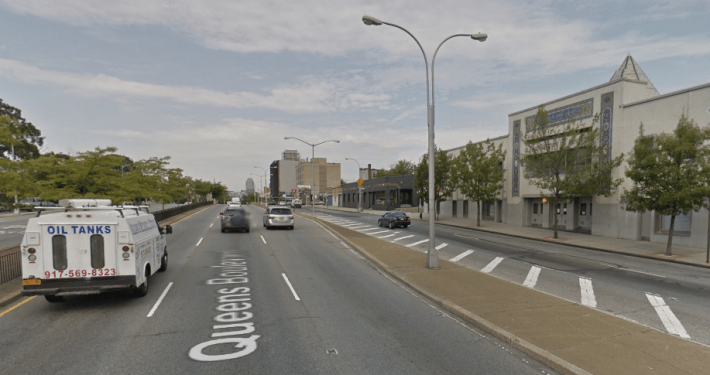
The number of tickets issued each day peaked during the program's first two days but fluctuated widely during the next six weeks. It's still early to draw conclusions about the impact the cameras are having on deterring speeders in NYC, though evidence clearly shows they have cut speeding, crashes, injuries, and deaths in cities that use them.
On most days, four or five cameras are operating, though on some days just one or two issue tickets. Only a few days appear to show six cameras in operation. There is a discrepancy between the open data website and a DOT stat from January, when the agency said the school zone speed camera program had issued 900 tickets in its first two weeks of operation. The data portal, clearly listing photo-issued school zone speed violations in the parking violations database, has a figure closer to 2,800 tickets. DOT stood by the 900 number. Spokesperson Nicholas Mosquera suggested that the higher number could measure all tickets that were captured by the cameras, not those that were reviewed and mailed.
The cameras are a significant supplement to NYPD’s manual enforcement efforts. Last month, the police issued 7,702 speeding tickets, up 18 percent over the same time last year. One in three were issued by local precincts [PDF], while 70 percent were issued by a unit focused on expressways and parkways [PDF]. Speed cam data from a public database is available only until February 25, leaving out the final three days of the month. For that period in February, city data says speed cams issued 2,131 tickets -- almost equal to the total number of speeding tickets issued by precincts over roughly the same period.

